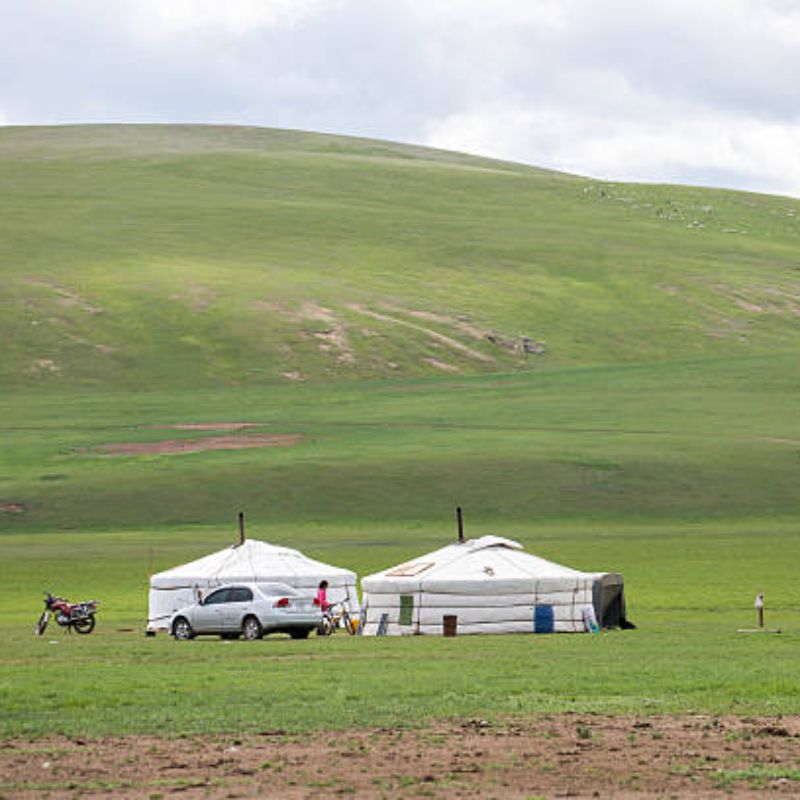The Yurt: A Traditional Dwelling of Mongolian Nomads
Mongolians are renowned for their nomadic lifestyle and the yurt, or ger in Mongolian, is an important part of this. These portable and traditional dwellings are made from natural materials such as felt, wood, and canvas, making them ideal for the harsh climates and rugged terrain of Mongolia.
A Cost-Effective and Efficient Living Space
The Mongolian yurt is not only durable and flexible, but it is also cost-effective. Due to the nomadic lifestyle, Mongolians need temporary yet functional dwelling spaces. The yurt is the perfect solution, as it can be set up and dismantled within hours, making it easy to move with animals and resources. The rounded and portable structure also makes it efficient for heating and cooling and is well-suited for the hot summers and freezing winters of Mongolia.
A Tradition Rooted in Ancient Mongolian Culture
The use of yurts by Mongolians traces back to the time of Genghis Khan, the legendary founder of the Mongol Empire. Mongols used yurts as portable homes and living spaces on their travels.
Connections to the Land and Community
For Mongolians, the yurt is more than just a physical shelter; it is a symbol of their culture and traditions. Yurts are usually found in close proximity to family members or, in some cases, neighbors, emphasizing the importance of community and social connections for nomadic people. Additionally, the yurt's ability to be easily moved means that Mongolians can follow the grazing patterns of their herds and remain connected to their land and resources.
The Yurt as a Cultural Heritage Site
Due to its importance in Mongolian culture and history, the yurt has been recognized by UNESCO as a significant cultural heritage site. The yurt embodies centuries-old wisdom of traditional Mongolian lifestyles and has come to symbolize the country's cultural identity and historical significance.
The Comforts of a Modern Yurt
Although the basic structure of the yurt has remained relatively unchanged over time, modern Mongolian yurts have incorporated new features such as insulation for improved climate control, solar panels for energy, and even wifi connectivity in some cases. This blend of traditional and modern elements now allows people to enjoy the comforts of home while still maintaining a nomadic lifestyle.
The Yurt as a Staple of Tourism
Mongolian yurts are now a popular tourist attraction and are frequently rented out to those looking to experience the nomadic lifestyle. Visitors can learn about and immerse themselves in Mongolian culture while staying in a traditional dwelling and enjoying a unique and unforgettable experience.
A Connection to Nature and Spiritual Beliefs
The round shape of the yurt represents the infinite cycle of life, and its placement on the Earth is based on the principles of harmony and balance with nature. Mongolians also believe that the yurt protects them from negative energies and offers spiritual healing.
Sustainably Built and Eco-Friendly
The use of natural materials to construct yurts makes them sustainable and eco-friendly, leaving a minimal impact on the environment. Compared to modern homes built with synthetic materials and produced in factories, yurts offer a low-carbon footprint.
A Connection to the Past and Future
Despite the encroachment of modernity into traditional Mongolian culture, the yurt remains symbolic of a people's deep connection to their land and heritage. In a rapidly changing world, the yurt presents a unique link to the past as well as a sustainable and adaptable option for the future.

